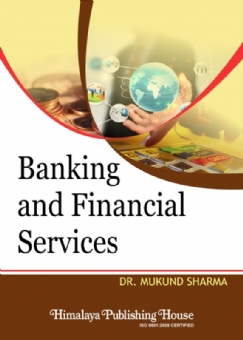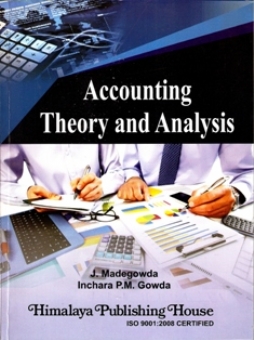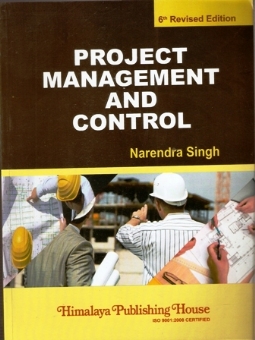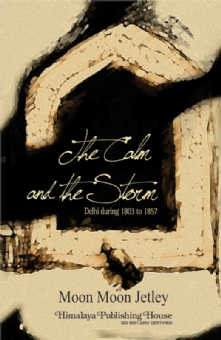In Europe, the middle age lasted from the 5th century to 14th century A.D. it began with the fall of the Roman Empire and ended with the era of Renaissance or the age of discovery. The middle or the medieval period is itself subdivided into the three parts i.e. early medieval, high medieval and late middle age. This age witnessed various ups and downs like population decline, collapse of centralized authority, invasions, and religion struggle. This age also marked to originate some new concepts like feudalism, development of trade, town and urbanizations, which paved way to bring out drastic changes in the contempory society. The migrations and invasions of the 4th and 5th centuries disrupted trade networks around the Mediterranean. African goods stopped being imported into Europe, first disappearing from the interior and by the 7th century found only in a few cities such as Rome or Naples. By the end of the 7th century, under the impact of the Muslim conquests, African products were no longer found in Western Europe. The replacement of goods from long-range trade with local products was a trend throughout the old Roman lands that happened in the Early Middle Ages. This was especially marked in the lands that did not lie on the Mediterranean, such as northern Gaul or Britain. Non-local goods appearing in the archaeological record are usually luxury goods. In the northern parts of Europe, not only were the trade networks local, but the goods carried were simple, with little pottery or other complex products.
Christianity was a major unifying factor between Eastern and Western Europe before the Arab conquests, but the conquest of North Africa sundered maritime connections between those areas. Increasingly the Byzantine Church differed in language, practices, and liturgy from the Western Church. The Eastern Church used Greek instead of the Western Latin.
The book Social Formations and Cultural Patterns of the Medieval World incorporates four units. Unit-I is a humble attempt to study about the rise of Rome and the Roman Republic, crises of Roman Republic, rise and fall of Julius Caesar, Augustus Caesar, Roman histories, Literature and Art & Architecture.
Unit-II deals with the origin, structure, functions and crises of feudalism in Europe. This unit also vividly describes agricultural production, town and technological development during mediaeval Europe.
Unit -III incorporates the emergence of Christian religion, role and functions church, monastery and papacy.
Unit-IV is the last unit of the book which encompasses the rise and development of Islamic religion, origin of shariah Law and trade and urbanization in central Asian region.
Contents –
Unit-I: Polity and Economy in Ancient Rome
• Objectives • Introduction • Geography • The Roman people • The rise of Rome • The Roman Republic • The structure of the Roman Republic • Expansion of the Roman Republic • Crises of Roman Republic • Rise of Julius Caesar• The First Triumvirate • Invasion of Gaul • Return of Caesar • Caesar place in History • Caesar’s Legacies • AUGUSTUS: The Golden Age of Rome • Age of Augtsus: The Golden Age of Rome • Causes of the crises of the Roman Empire. • 1.Weak Successors: • East–West Administrative Division: • Foreign Invasions: • Decline of the Roman Empire • Invasions by Barbarian Tribes • Economic Troubles and Over Reliance on Slave Labour • Rise of the Eastern Empire • Overexpansion and Military Overspending • Heavy Expenditure on Administration and Defence • Government Corruption and Political Instability • Burden of Taxation and Debasement of Currency • Attack of the Huns and the Migration of the Barbarian Tribes • Christianity and the Loss of Traditional Values • Weakening of the Roman Legions • Vigil • Ovid • Seneca • Livy • Tacitus • Art & Architecture • Culture of Ancient Rome • The Social Structure • Clothing • Food • Education • Language • Science • Architecture • Religion • Philosophy • Conclusion • Summary • Exercise • Further Reading • Summary
• Selected Books
• Selected Questions
Unit-II: Economic Developments in Europe from 7th to 14th Centuries
• Objectives • Introduction • Feudalism • Structure of Feudalism • Theory of Feudalism • Phases of Development of Feudalism • Production; Town and Trade • Technological Developments • Crises of Feudalism • Causes for Downfall of Feudalism • Advantages of Feudalism • Disadvantages of Feudalism • Summary
• Selected Books
• Selected Questions
Unit-III: Religion and Culture in Medieval Europe
• Objectives • Introduction • The Spread of the Christianity • Christianity and the Roman State • Medieval Church • The Structure of the Roman Catholics • The Power of the Church • Art and Architecture • Byzantine Architecture • Romanesque Art • Gothic Art • Tudor style architecture • The Church Plan • Monastic Communities • Structure and functions of Monastery Monks • Early Christian Monasticism • Monastery Impact on the Culture • Papay • Culture in Medieval Europe • Carolingian Renaissance • Rebirth of Science and Scholasticism • Aquinas Grosseteste: The Fathers of Scholasticism and the Scientific Method • Roger Bacon- The Shining Light of Science in Medieval Europe • Scholasticism and the Scientific Method • Summary
• Selected Books
• Selected Questions
Unit-IV: Societies in Central Islamic Lands
• Objectives • Sources • The Rise of Islam in Arabia: Faith, Community and Politics • Major Pillars of Islam • Islamic Calendar • Community • The Caliphate: Expansion, Civil Wars and Sect Formation • The Umayyads and the Centralisation of Polity • The Abbasid Revolution • Breakup of the Caliphate and the Rise of Sultanates • Religious Developments • The Cardinal Principles of Islam • Namaz • Zakat • Ramzan • Haj • The Koran • Sharia Law • Aspects of Sharia Law • Principles of jurisprudence • Legal and court proceedings • Criminal cases • Civil cases • Mihnah • Sufism • Origin, Beginning and History of Sufism or Tasawwuf • Tarik tradition of Historiography • Conclusion • Summary
• Selected Books
• Selected Questions







